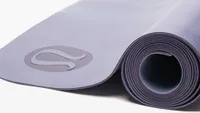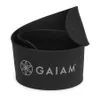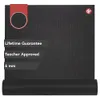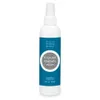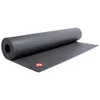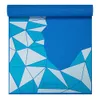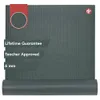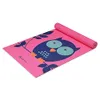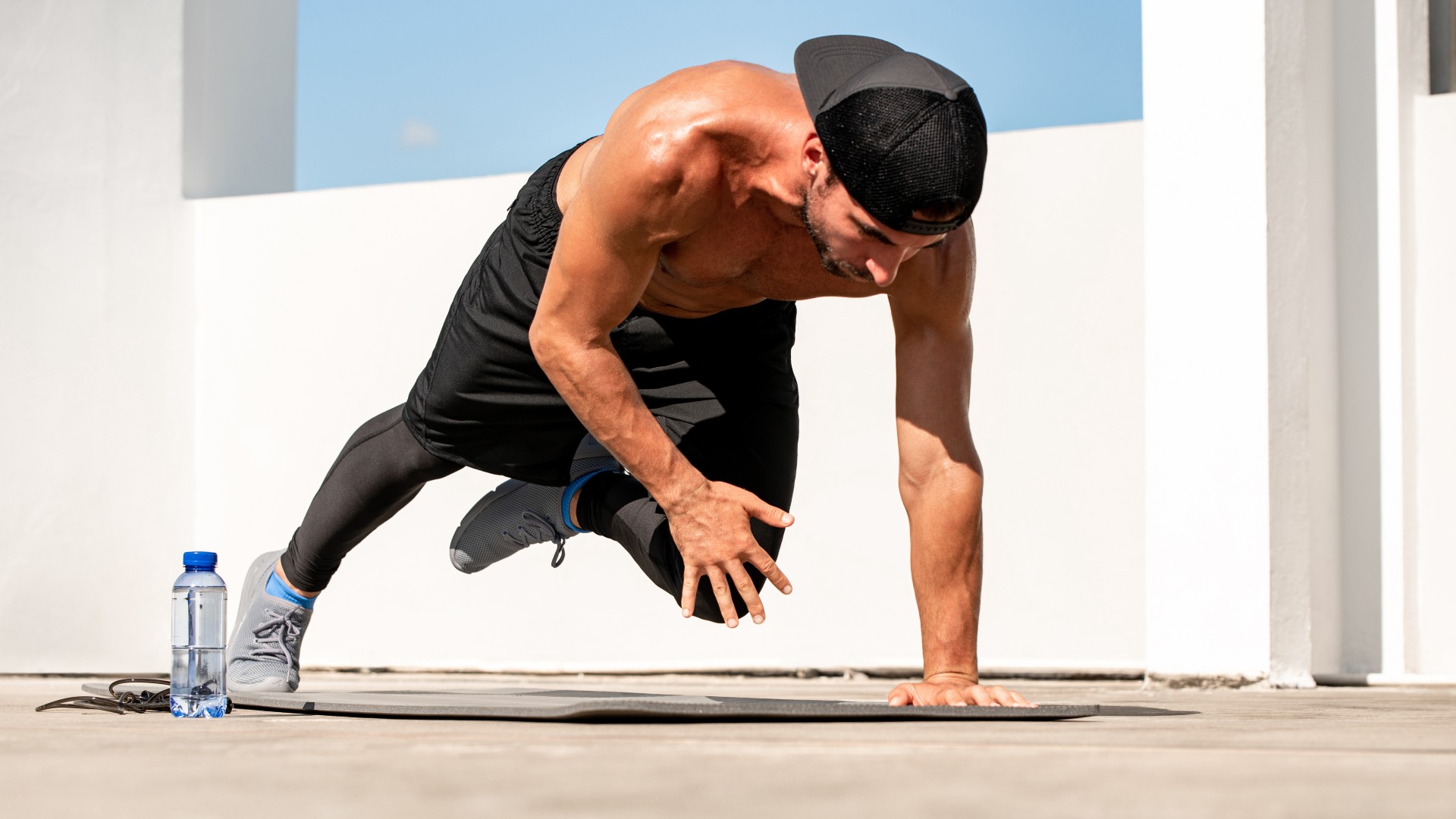
Bear crawls feature in functional workouts and animal flow-style sessions because they mimic natural, animalistic movements.
To do them, all you have to do is crawl along the floor on all fours, coordinating opposite arm and leg as you drive forward or backward. But of course, it’s not as easy as “just crawling,” which is why I often include them during bodyweight workouts.
Bear crawls build stronger muscles across your whole body, including your core and ramp up your heart rate. Before you brush them aside for weights, here’s how to do them, the benefits of crawling and how to add bear crawl exercises into your routine for maximum effect.
What is the most effective core exercise?
There’s no single exercise that will prove the most effective at strengthening your core. Think of your core as a unit of muscles that wrap and expand around your torso, functioning to move, stabilize and rotate your upper body and support your spine.
The best core workouts will include movements that work the body in different ways — known as planes of motion — including rotational, lateral, forward and back. So while exercises that dial into your abs like crunches or sit-ups can certainly help you build a stronger core, the best ones will challenge your whole torso, even your whole body.
Lululemon The Mat @ Lululemon
This particular mat won our Tom's Guide Awards for best yoga mat. It might seem costly, but it'll last for years pretty much unscathed.
Calisthenics (a form of bodyweight training) is a great way to use many of your core muscles at once as you’ll heavily recruit them to support, stabilize and balance your body while moving in all directions.
Bear crawls help build a more robust and coordinated body, but you’ll need to program them alongside your training, as the bodyweight exercise alone won’t be transformative.
Get instant access to breaking news, the hottest reviews, great deals and helpful tips.
How to do bear crawls
- Start on your hands and knees in a tabletop position with a neutral spine, shoulders stacked over wrists and hips over your knees
- Engage your stomach, tuck your toes and lift both knees away roughly an inch from the floor
- Look slightly ahead, then step your right hand and left foot forward at the same time
- Rest on the balls of your feet and imagine your feet are claws as you drive forward
- Repeat with the left hand and right foot
- Crawl forward and add speed as you alternate left and right sides
- Avoid swinging your hips, keep your back flat and knees close to the floor
When you feel more comfortable, try moving backward or side-to-side. If you opt for side-to-side movement, walk your left hand and foot at the same time, then repeat with your right hand and right foot. Channel your inner bear and grip the ground beneath you as you move.
Benefits of bear crawls
Although bear crawls aren’t the obvious choice for the best ab exercises, the compound movement stimulates multiple muscle groups, giving more bang for your buck.
Animalistic, primal movements are part of functional training, helping to build core stability and coordination and help drive your movement. Bear crawls strengthen your joints, bones and ligaments and teach the body to bear weight on the wrists and ankles, so these joints become more robust and resilient.
A 'healthy' core means better posture, balance and protection for your spine. Bear crawls also target your shoulders, back, arms, quads, hips, glutes and hamstrings and many of these muscle groups are crucial for protection.
For most people, the exercise remains low impact enough for lower back pain, but if you’re working with an injury, always check with your personal trainer or a qualified professional first.
If you’re looking for a new exercise that builds full-body strength, develops your core and improves endurance, this is it. Research like this study published in Peer Journal even found that agility drills like this could improve lower limb and trunk extension explosive strength.
How to program bear crawls during exercise
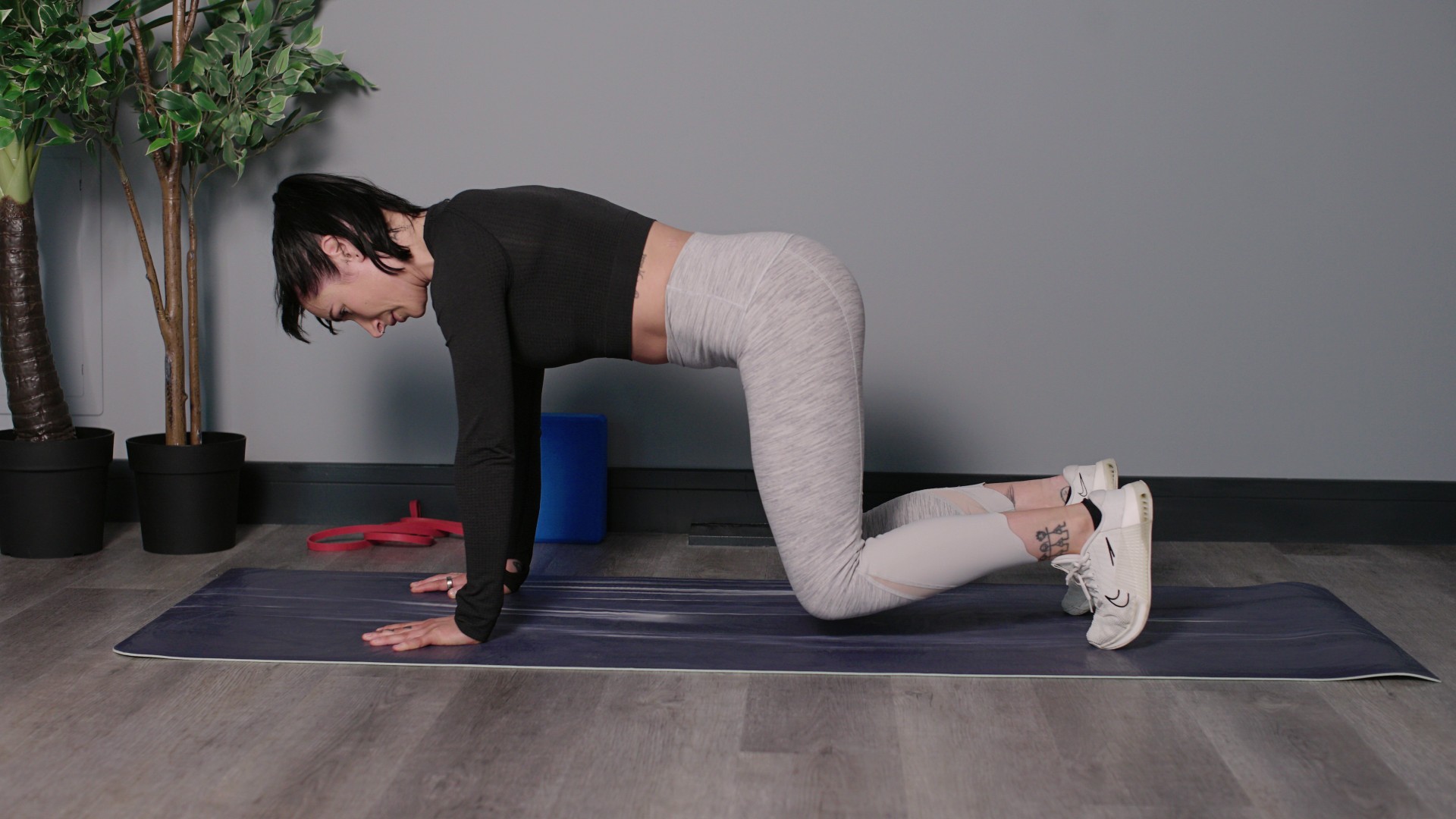
It depends on what you’re looking for from your workout. You could program bear crawls as a warm-up drill, as the move increases your heart rate, warms the muscles and tests mobility and lower flexibility, including your hips, knees and ankles.
As part of bodyweight training, bear crawls work best for distance or time, rather than reps. Choose several exercises and set a time cap or distance to aim for, combining the crawls with other bodyweight movements like push-ups, squats, or sprints.
I strongly recommend using the loaded beast exercise (another staple in animal flow routines) and some wrist stretches to warm up your wrists and ankles if you plan to try it out, ensuring your joints are ready for upper body weight-bearing.
Intrigued? I did 70 bear squats every day for a week, and here’s what happened.
More from Tom's Guide
- I'm a personal trainer — the candlestick roll is the best bodyweight exercise for your barbell squats
- This 3-move stretching routine will develop healthy hips and strengthen your lower body
- Who needs weights? This 5-move bodyweight workout boosts core strength and torches every major muscle group

Sam Hopes is a level 3 qualified trainer, a level 2 Reiki practitioner and fitness editor at Tom's Guide. She is also currently undertaking her Yoga For Athletes training course.
Sam has written for various fitness brands and websites over the years and has experience across brands at Future, such as Live Science, Fit&Well, Coach, and T3.
Having coached at fitness studios like F45 and Virgin Active and personal trained, Sam now primarily teaches outdoor bootcamps, bodyweight, calisthenics and kettlebells.
She also coaches mobility and flexibility classes several times a week and believes that true strength comes from a holistic approach to training your body.
Sam has completed two mixed doubles Hyrox competitions in London and the Netherlands and finished her first doubles attempt in 1:11.
